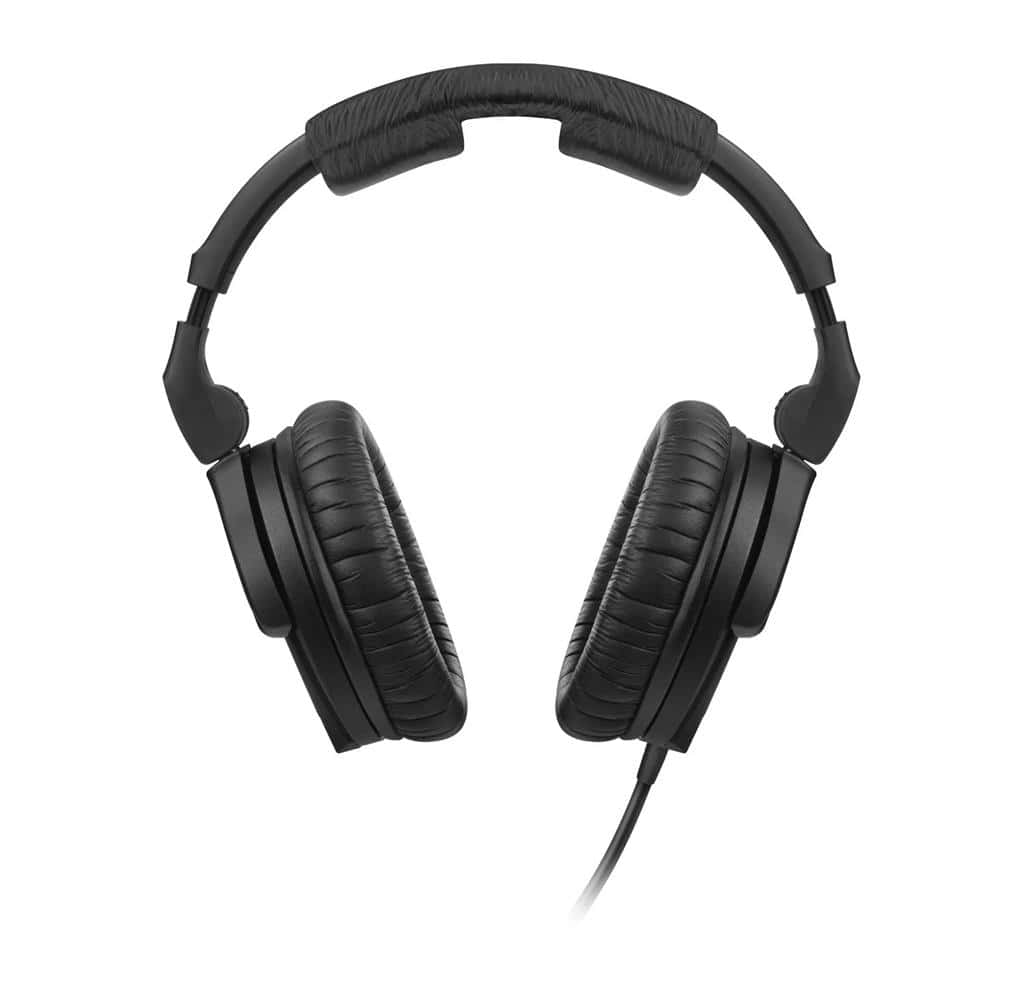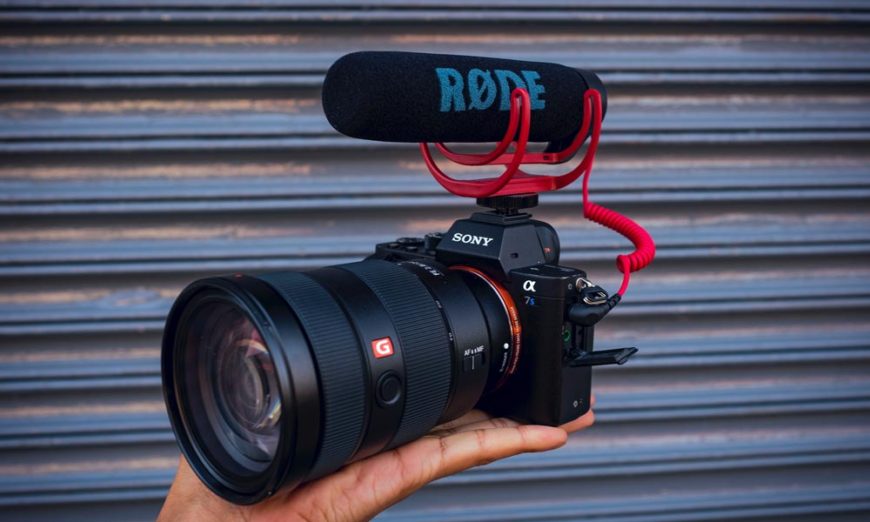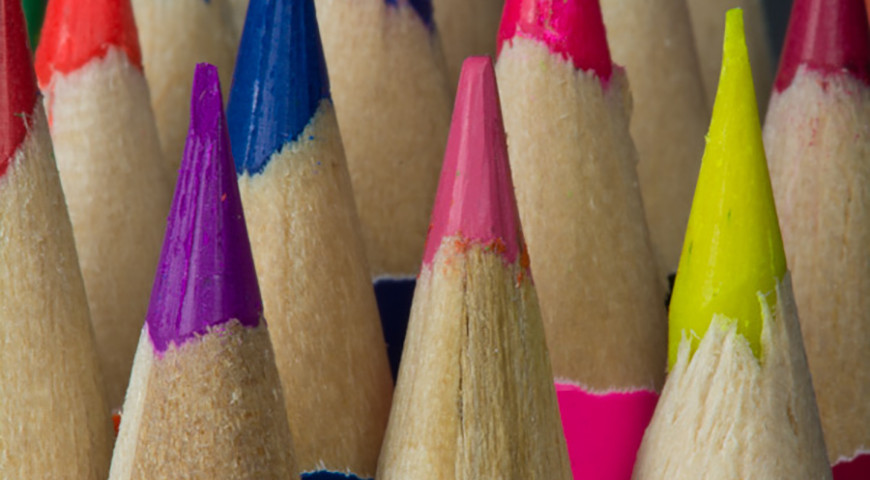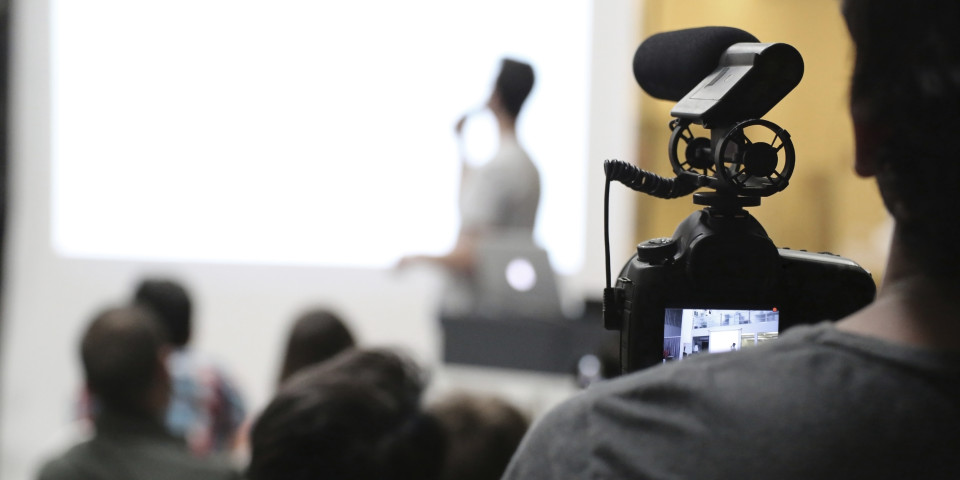The Importance of Good Audio
No matter what kind of multimedia project you are doing, if there is audio, it has to sound great or the entire project suffers. Fortunately, the routes you can take are pretty consistent whether you are shooting a video, recording a vlog, preparing a multimedia presentation, or even recording a bit of music played from your Antonio Strad Violin or another instrument!
Recording the Audio
Audio recording is very simple and has a very basic path. You start with the capture device, feed that input to a pre-amplifier and from there to your recording device. At the simplest level, a camera whether still or video probably has all the pieces already built in.
Your initial content is either your voice, the environment, or perhaps pre-recorded music that you are licensed to use in your project. Let’s take a step forward and consider recording your own voice, because this is harder to capture well than environmental sound.
You will need a microphone. Your camera has one built in, but it is your absolute last resort, suitable only for what we call sync tracks. (Sorry to say, but the sound isn’t that great, so don’t invest time on them.) Fortunately, most cameras have an external microphone input. All of these look like mini-headphone jacks and many will work via adapter with the earphones you have for your smartphone if you just need an average voice track.
Microphone Options
All microphones are not created equal. A microphone for news stand up is very different from one to be used for vocals. A microphone used in a professional recording studio is yet another kind of beast. At the core is what is called the microphone capsule. There are numerous types of capsules, and we don’t have the space to go through them in detail. This is one of those places where you get what you pay for, and a cheap capsule, will produce cheap sound with limited frequency response and a very bumpy pattern.
On camera microphones such as those from RODE, in a shotgun style are good when you cannot directly mic your talent. Setup is easy, the sound is really good and the microphones are quite directional so you don’t pick up all kinds of excess sound from the sides and behind you.

When you need to directly mic your talent, you can use a lavalier style microphone that clips to the talent’s clothing. These are very simple offerings that when used well provide really good sound.
Some people who need to record in proper stereo or support multiple microphone inputs concurrently will go with a dedicated recording device. It’s pretty much impossible to beat the microphones from Zoom for this purpose and you are always best advised to buy a unit with more inputs than you think that you will need.

The small connectors use what are called high-impedance microphones. They have good sensitivity but pick up noise easily and are very limited by cable length, unless you invest in high-end radio-based systems such as those from Sennheiser. The other type of microphone is called low impedance and uses a much heavier connection called a balanced line that ends in the three pin heavy duty connection called XLR. These are much higher quality microphones and will cost more, and will need dedicated cable runs, but provide the best sound. The Sennheiser radio systems are available for pro microphones as well. If you are doing a really professional show, you might want to look at one of their G4 sets per talent person that you are recording.
File Types
When you record, you typically have the choice of WAV or MP3 at different bit depths. MP3 is a lot like a JPEG still. Decent enough, but highly compressed in a destructive way. WAV is more like a RAW file, much larger files but with no loss. If you have the space available, choose WAV and choose a bit depth of 64kbps for basic voice and up to 256kbps for complex music. Avoid variable bit depth when recording the data initially. It can sometimes cause clocking issues if you have to mix different VBR tracks prior to compilation.
Dealing with Noise
If recording outside you will want to place a windscreen on your microphone. These look like a furry sack and are typically called a deadcat. They do a great job on wind noise reduction. If you are close miking your talent, put a windscreen on the microphone, which looks like a foam cover, and if your talent tends to pop their p’s (called plosives) you will want to put a pop filter between the talent and the microphone. This is most common when you are recording an audio podcast because pop filters tend to obscure the talent’s face and are less useful for vlogs and live streaming.

How Complex is Your Recording Project?
When you are just starting out, perhaps in making your first set of videos or your first set of vlogs, an on-camera microphone in the shotgun configuration is easiest and most cost effective. It plugs into the camera and the camera records the video and the audio together. I have never had an issue with any of the RODE or Sennheiser offerings.
When you need to close mic your talent, go to a lavalier type system. You can certainly use a cabled lavalier as mentioned above, or even, via adapter, use your ear bud microphone, but my recommendation will be to go wireless for convenience, range and to avoid excess cable noise. A good wireless kit will plug directly into your camera, or into your dedicated field recorder.

If you need multiple talent sources or want to record the audio separately from the video for mixing in later, which we call outboard recording, I would suggest a Zoom unit. It has very good microphone preamps, much better than the basic one in the camera, will support both low and high impedance microphones and will be able to record multiple tracks simultaneously and provide useful meter and level controls. These take a bit more time to set up but the quality difference is significant.
Editing Your Project
When you are editing your project, even the most basic video editor has an audio component. Even simple ones will add the ability to use digital effects processors such as compressors, equalizers and noise gates. If you are doing your edits on a Macintosh, everything you need comes included in iMovie and Garage Band, but If you are on Windows and want the same application also for Mac, it’s very hard to beat Adobe Premiere Elements. It has about 85% of the multi-thousand dollar Adobe Premiere Pro, and has a much simpler learning curve.
If you are only doing an audio podcast, Audacity is a very good recording tool, but if you are on a Macintosh, you cannot beat the free and already included GarageBand. If you don’t have a Mac, don’t worry – you can still get GarageBand for Windows, there are just a few more steps you need to do to install it!
Headphones
If you are not the talent as well as the producer, director, camera operator, you will want to be monitoring the audio as it is being recorded. To do this, you will want a decent set of over the ear headphones to separate your hearing from the surrounding audio field. Earbuds can work in a pinch but are really not optimal unless they are very high-end units. Note that many cameras have no headphone output which is a problem for serious recordings. The ZOOM external recorders all have headphone jacks as do higher end cameras.

Conclusions
Getting quality sound in your project is not difficult, with even very basic components. Practice on simple stuff and get accustomed to how your gear performs before you step up to the critical pieces. If you do these, you will be successful and get great sound.



COMMENT (1)
Pingback: How to Stabilize Your Camera for Vlogging | Photography and video news, reviews and tips | Henry's Camera